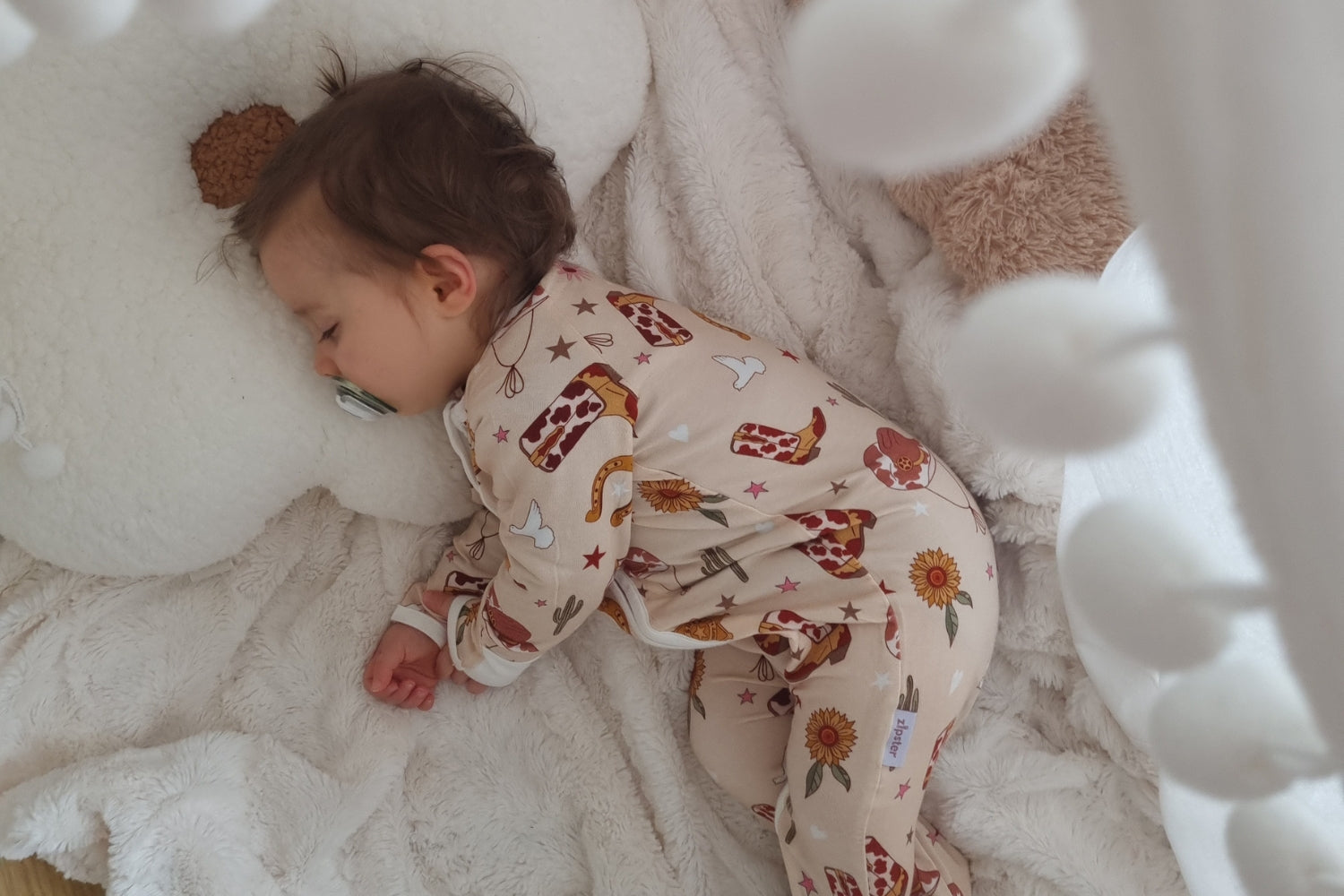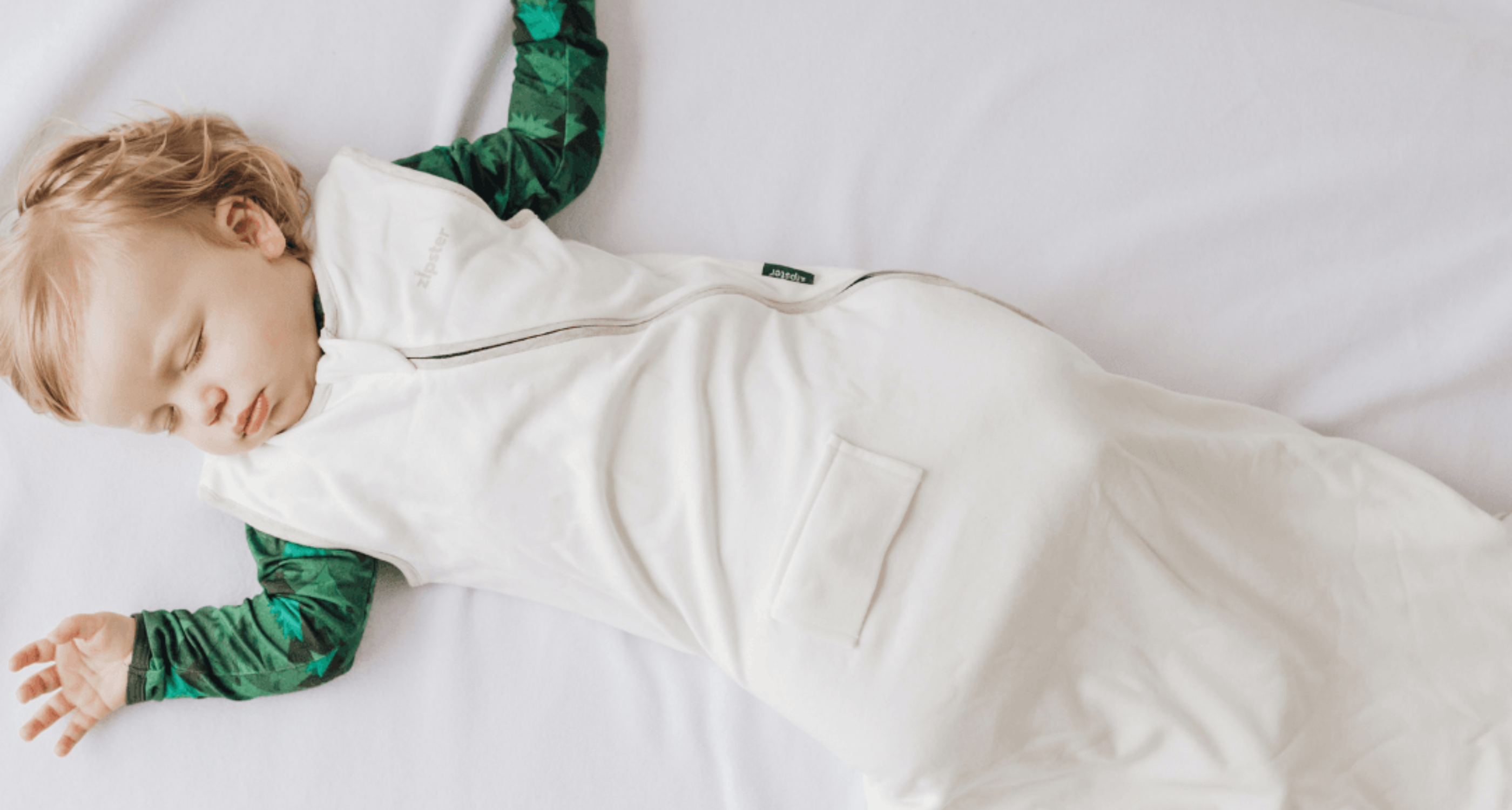Parents are well aware of how important naptime is for their baby. This is a chance for their little one to get much-needed rest, grow, and thrive. Without regular naps, parents can expect to have a very tired and unhappy baby on their hands. Just because parents understand naps are important doesn’t mean it happens naturally and without challenges.
If you’re a parent who is struggling to set up a successful daytime nap routine for your baby, don’t feel you’re alone. So many new parents, especially first-time parents, struggle with getting their baby to sleep and stay asleep. Using these tips can drastically improve your quest to make daytime naps a simple routine.
Make Sure Your Little One Is Properly Dressed for Naptime
The first tip sounds relatively basic, but all too often it is overlooked when it comes to daytime naps. Sure, you may put your baby in jammies at bedtime in the evening, but daytime naps should get the same attention when it comes to dressing them properly. You want to ensure your baby isn’t too hot or cold, the clothing is safe for sleepwear, and that the fabric is soft and gentle against their skin.
When purchasing onesies and sleepers, you need to be mindful of the fabric’s flexibility and stretch. The garment needs to move with your baby and allow for a bit of growth. Fabrics such as bamboo, cotton, and elastane are all great options. Some onesies also have fold-over feet so you can adjust to the room temperature. You can either leave their feet bare and uncovered, or fold-over the foot section to ensure they don’t feel too cold.
For children 24 months and under, you may also want to use sleeping bags for daytime naps. These allow for their arms to be free while their torso and legs are safely zipped up inside the sleeping bag. They are perfect for adding warmth without the fear of your little one overheating.
The Routine Should Be Customised for Your Baby
The next step is a little tougher, this one takes some trial and error. The problem with following a bunch of tips is that not all techniques work for all babies. The goal should be to take the advice with a grain of salt and start to pay attention to what your baby reacts to positively.
It may be helpful to start keeping a naptime journal as you test out new tips and techniques. This is a great way to identify trends. Also, keep in mind that babies tend to transition through phases rather quickly, so whatever works now may not work in a couple of months. You need to be flexible and ready to adjust on the fly.
Consistency Is Key to Creating a Routine
This tip can't be emphasized enough; when it comes to successful naps, consistency is the key. Babies learn a lot faster than you may be giving them credit for, and they also thrive on consistency. This means you need to make an effort to fit daytime naps in daily and not skip them. The more often you skip daytime naps, the further back you’ll be in creating a routine that sticks.
Know How Much Sleep Your Baby Needs During the Day
Parents also need to be aware of how much daytime sleep their baby should be getting. Not getting enough, or getting too much will throw off a baby’s entire sleep patterns during the day and night. A general guide is that babies four to 12 months of age need 12-16 hours of sleep within a 24 hour period. Once they are one year old, they will need a total of 11-14 hours of sleep within 24 hours.
Where Babies Sleep Also Matters
Finally, be sure you set up the right sleeping environment for daytime naps. Doctors recommend that babies nap in their cribs. Using a crib means they are somewhere safe, and they start to associate it with sleeping in the day and night. The crib mattress should be flat and firm, and meet all safety standards. Using bouncy seats, slings, car seats, or bed-sharing is not recommended for daytime naps. These can be too stimulating, and they aren’t necessarily a safe place for them to sleep.
You’ll Get There with a Little Work
Parents should take comfort in knowing that by following these tips they will have success when it comes to daytime naps. This is all just part of being a parent of a baby, these phases come on quickly and they can be difficult to work through. Taking the time to set up a solid daytime nap schedule doesn’t just help in the short-term, but the long term.






